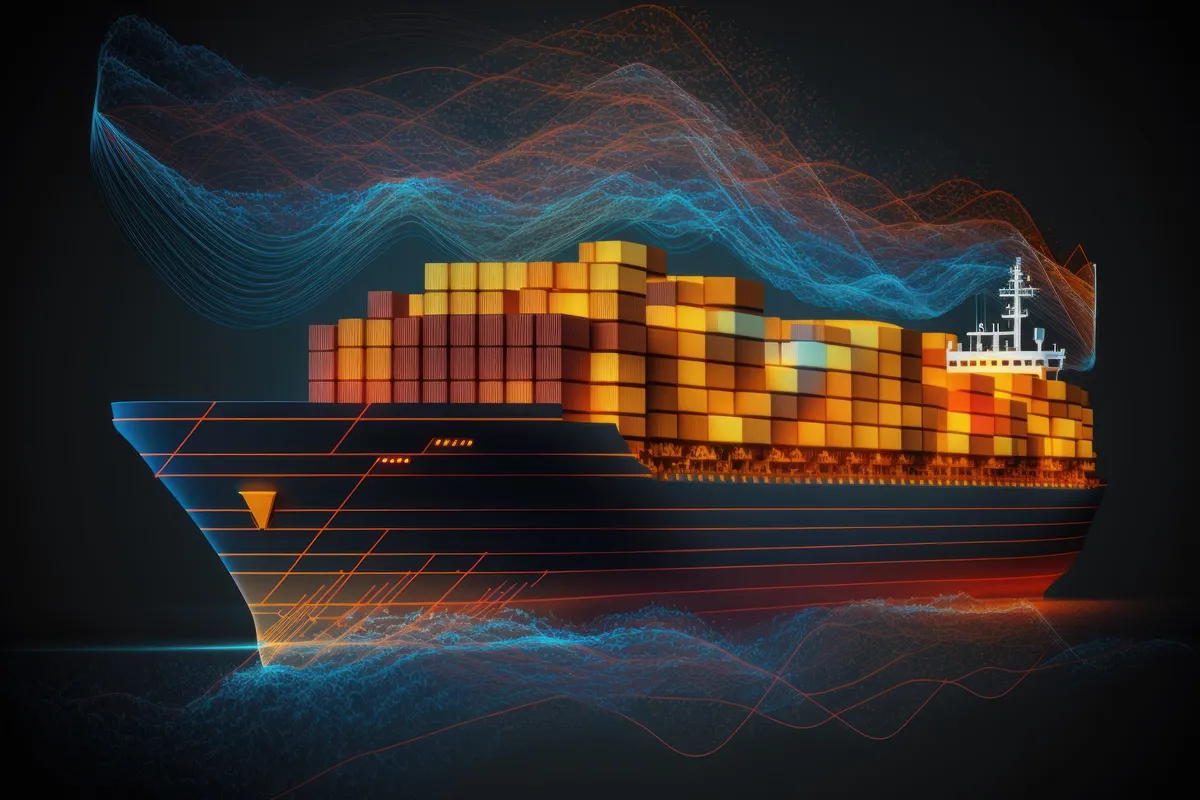The UK Maritime and Coastguard Agency published a Marine Information Note (MIN 715 M), announcing updates to two critical international maritime codes:
- The International Maritime Solid Bulk Cargoes (IMSBC) Code (Amendment 07-23), and
- The International Maritime Dangerous Goods (IMDG) Code (Amendment 42-24).
These amendments incorporate new guidelines, product classifications, and safety measures to ensure the safe and compliant transportation of bulk and dangerous cargoes. They align UK legislation with updated international standards.
Key Changes in the IMSBC Code (Amendment 07-23)
1. Updates to Cargo Schedules
New and modified cargo types are now listed in Appendix 1 of the IMSBC Code:
- New Schedules Added:
- Direct Reduced Iron (D): Covers fines from DRI processing. These are classified as Group A (prone to liquefaction) and Group B (produces flammable gases on exposure to water or air). Specific precautions like gas monitoring, ventilation, and technician oversight are required.
- Electric Arc Furnace (EAF) Dust, Pelletized: Classified as Group A (liquefaction risk) and Group B (toxicity and reactivity). It includes precautions for handling due to its lead and zinc content.
- Other new entries: Baryte, Brown Fused Alumina, Dunite, and Sodium Nitrate Mixtures, among others.
2. Revised Schedules
- Fish Meal: Adjusted stabilization requirements to allow alternatives to ethoxyquin for anti-oxidant treatment, aligning with the IMDG Code.
- Celestine Concentrate: New bulk cargo added following Spanish submissions.
3. Mandatory Application
- Timeline: The updated IMSBC Code becomes mandatory globally and in the UK starting January 1, 2025, after being available for voluntary use in 2024.
Key Changes in the IMDG Code (Amendment 42-24)
1. Marine Pollutants
- Clarifications on packaging requirements for substances with limited quantities of marine pollutants (e.g., 5L for liquids, 5kg for solids).
2. New UN Numbers and Classifications
- New entries for battery-powered vehicles and sodium-ion batteries (e.g., UN 3556, UN 3558).
- Other additions include Disilane (Class 2.1), Gallium in Articles (Class 8), and Tetramethylammonium Hydroxide Solutions (Class 6.1).
3. Updated Stowage and Handling Rules
- Expanded provisions for carbon and activated carbon materials (e.g., UN 1361, UN 1362) regarding temperature, packaging, and stowage.
- Clarifications for devices like data loggers and cargo tracking units containing dangerous goods.
4. Documentation Requirements
- Updates to ensure clear identification of dangerous goods in stowage plans and related documentation.
5. Special Provisions
- New Special Provisions added for emerging cargo types, particularly battery-powered devices and vehicles.
6. Mandatory Application
- Timeline: Voluntary use begins in 2025, and mandatory compliance starts on January 1, 2026.
Ambulatory Reference Provisions in UK Law
These amendments will be integrated into UK legislation using Ambulatory Reference (AR) Provisions, ensuring that UK laws remain aligned with international maritime standards automatically.
- IMSBC Code amendments (07-23) apply through the Merchant Shipping (Carriage of Cargoes) Regulations 2024.
- IMDG Code amendments (42-24) are applied via the Merchant Shipping (Carriage of Dangerous Goods and Harmful Substances) Regulations 2024.
All regulations can be found at legislation.gov.uk
LINK TO THE DOCUMENT

Sign up for our newsletter
It's free. No spam. Cancel anytime.









Related News
USCG issues safety alert on hazardous zone marking and awareness
Jan 21, 2025
USCG issues alert on improving vessel maneuvering systems to prevent accidents
Jan 20, 2025
Isle of Man: Key changes to marine casualty reporting
Jan 17, 2025